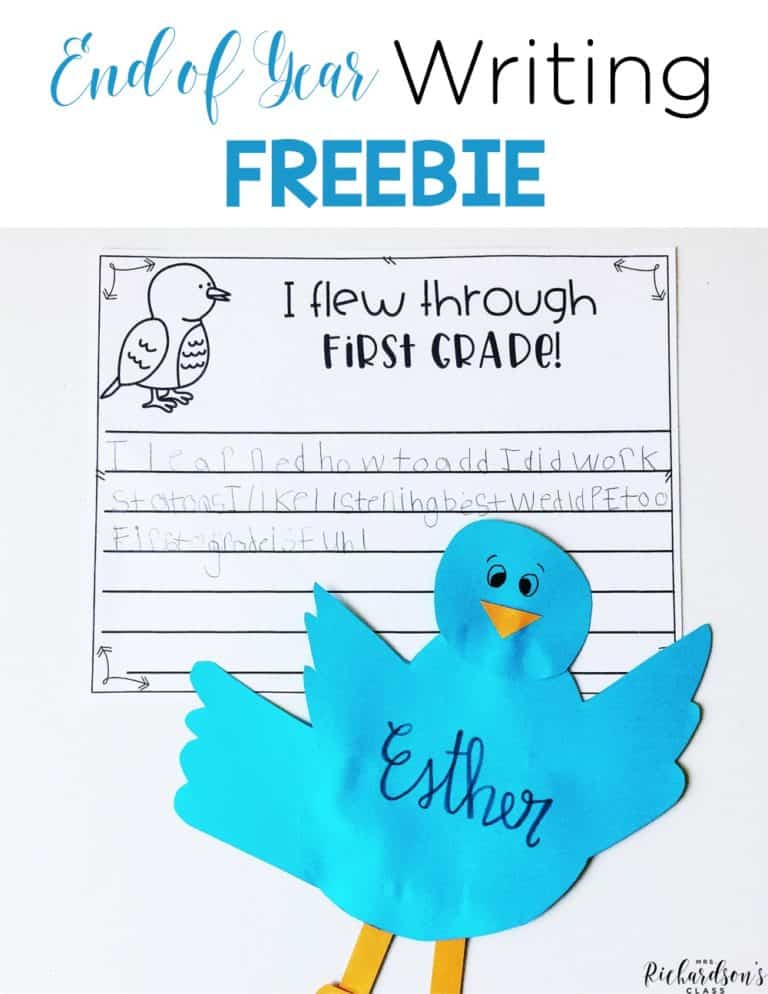

As teachers, one of our primary goals is to equip our young learners with the foundational skills they need to become proficient readers. As we dig into the Science of Reading research more and more, we see this in Scarborough’s Reading Rope through the word recognition strands. Fluency, the ability to read smoothly and accurately with expression, is a crucial component of literacy development in early readers. Knowing how to take our readers from sounds to sentences is important. We want them to be readers and understand what they are reading, not just word callers. Practicing fluency activities helps on this reading journey!
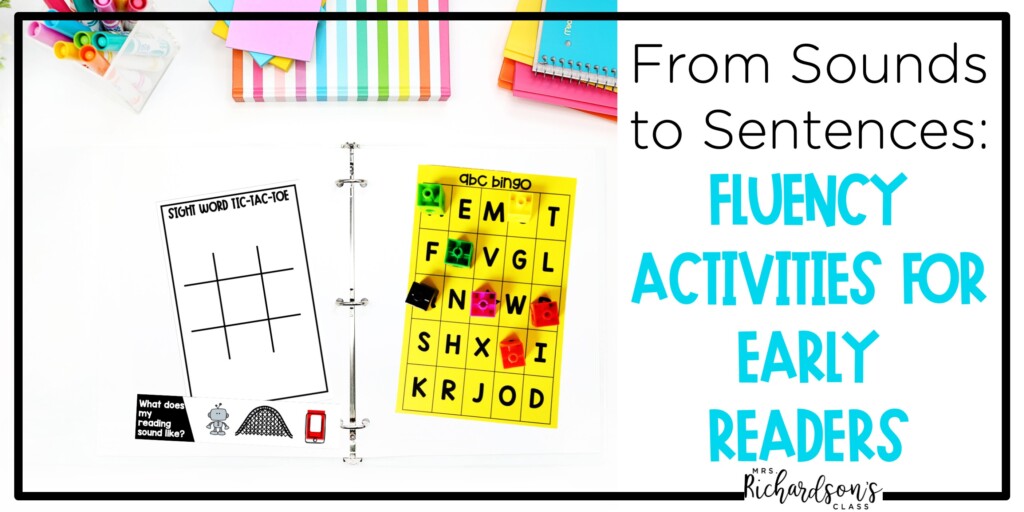
Let’s explore practical and easy-to-implement fluency activities for kindergarten through 2nd-grade readers. From phonics games to reading small groups, these activities will help nurture fluency skills in budding readers.
Because we want to go from decoding words to stringing words together to reading sentences fluently, let’s start with the basics–phonics fluency activities.
Start by incorporating phonics games that reinforce letter-sound relationships and promote fluency. Games like Swat the Sound, Letter Sound Hopscotch, and Alphabet Bingo engage students in active learning. They do this while building fluency through repeated practice of letter sounds.
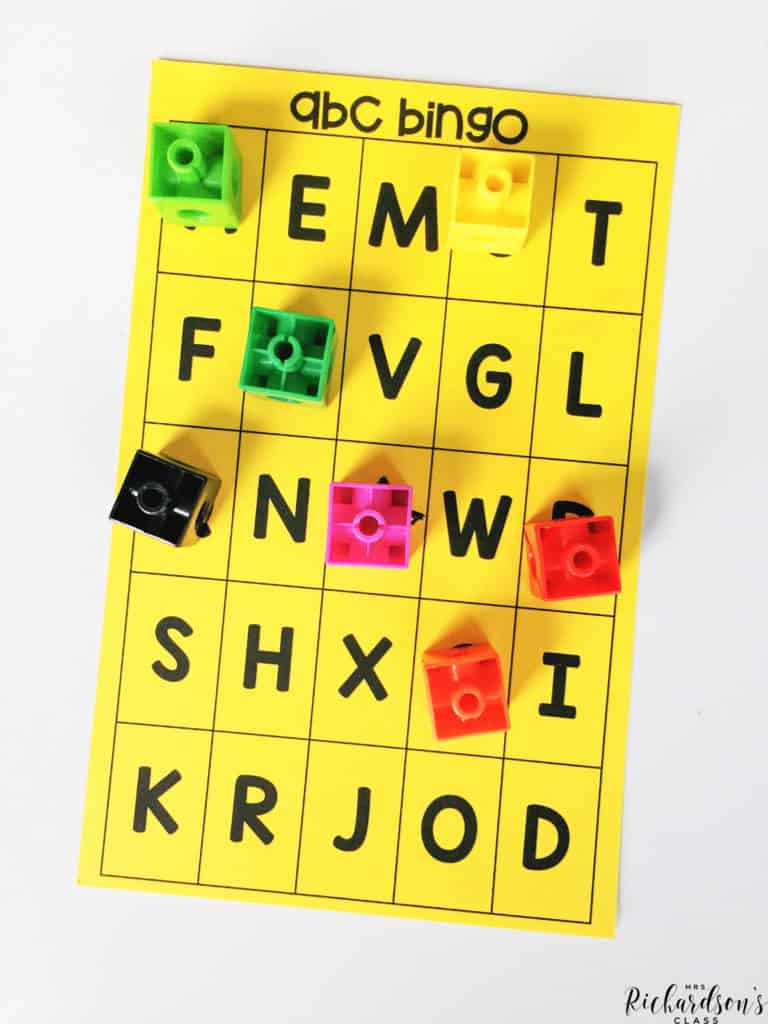
Once we know readers have a solid foundation of phonics, we can begin to help them build their high-frequency word fluency. You can read more about initial high-frequency word instruction HERE, but once you think they are ready, playing games with the words is a fun way to build fluency.
From flashcards to word building activities, there are many fluency activities you can do to reinforce recognition and automaticity. Fluent recognition of high-frequency words enhances reading fluency and comprehension.
One of our favorites is high-frequency word Tic-Tac-Toe.
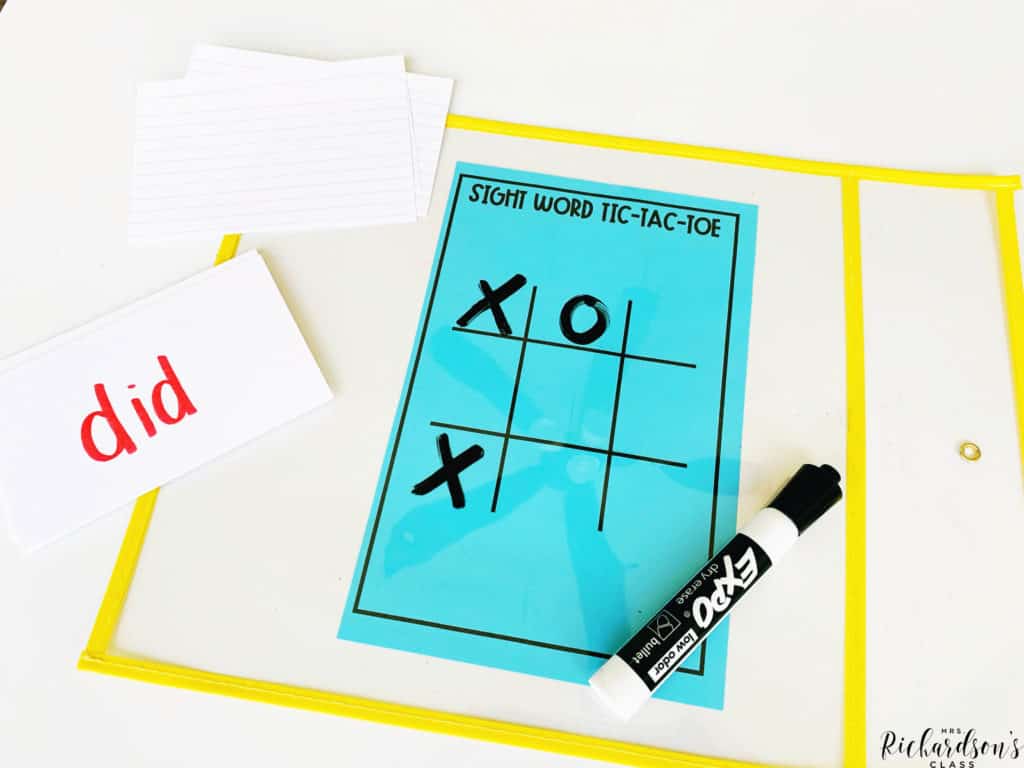
You can find more high-frequency word games HERE in this blog post.
Use your reading small groups to provide targeted instruction on fluency. During small group lessons, focus on fluency by modeling fluent reading, guiding students through repeated readings of familiar texts, and providing feedback on expression and pacing.
I loved to use this fluency strip as a way to help kids monitor their fluency.
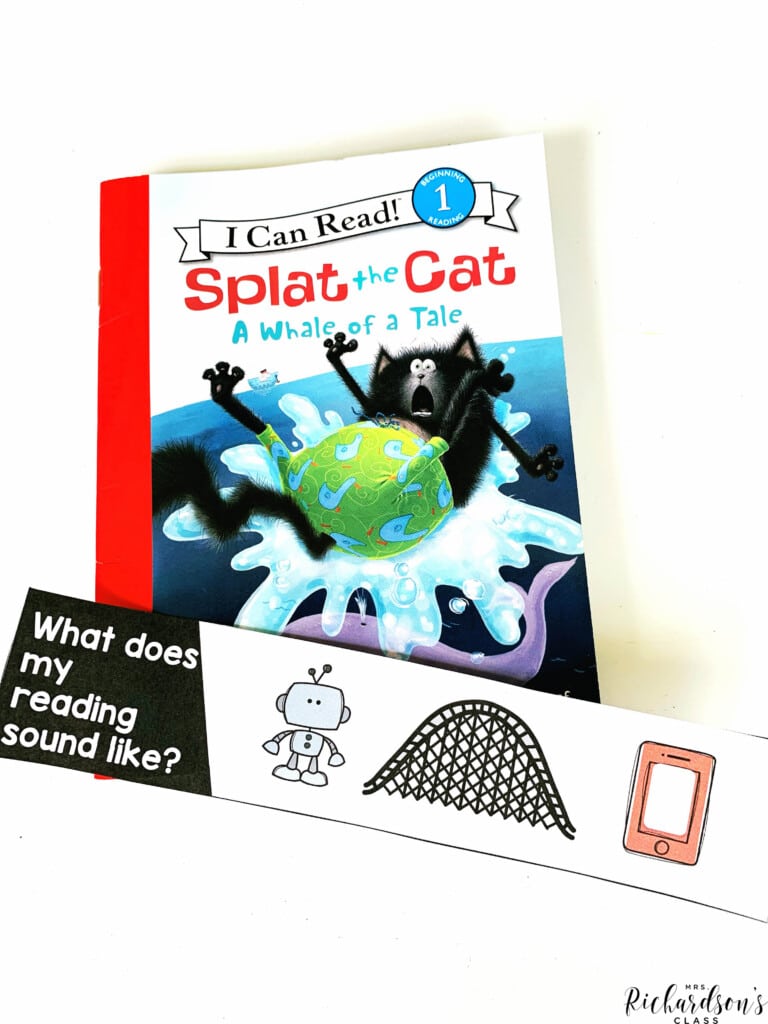
If you have never done a reader’s theater in your classroom, I highly encourage you to do one! Not only are they so much fun for the kids, but they help promote fluency and expression in reading.
They are easy to do!
Sometimes, our curriculum has a reader’s theater we can use, and other times, I had to find it myself. This is one of the most engaging fluency activities!
As students progress, you can make fluency tracking fun. I never would’ve thought to do this until I was required to track this data. I wanted it to be fun and exciting for the kids, so we made race cars that raced to our words per minute goal.
This was a big classroom celebration, and we rallied around each other to encourage them in their reading fluency.
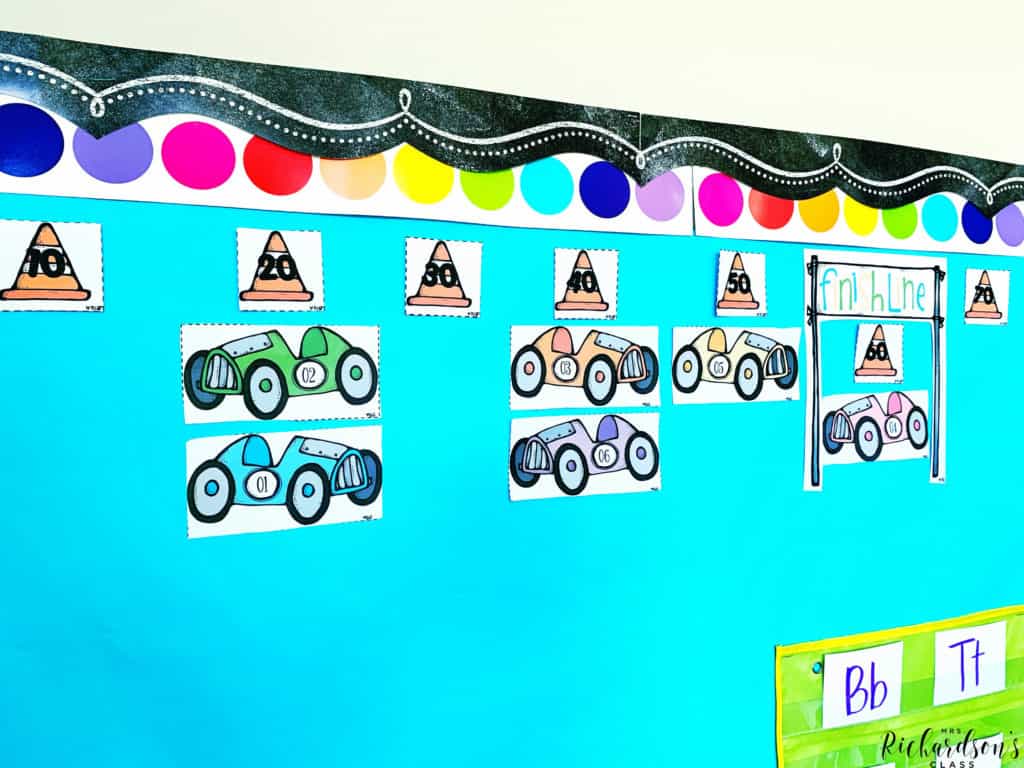
The Fluency Races tool will allow you to easily track students’ fluency rates and identify areas for improvement. I would choose a passage that was appropriate for the student and that they had never read before. They would read it, and I would track their words per minute.
From here, we would set a goal for them together. They would also track their fluency in their data folder.

Get this fluency tracking tool HERE!
Developing fluency in budding readers is essential for building a strong literacy foundation. When they can make sense of their reading, we begin to foster a love for reading.
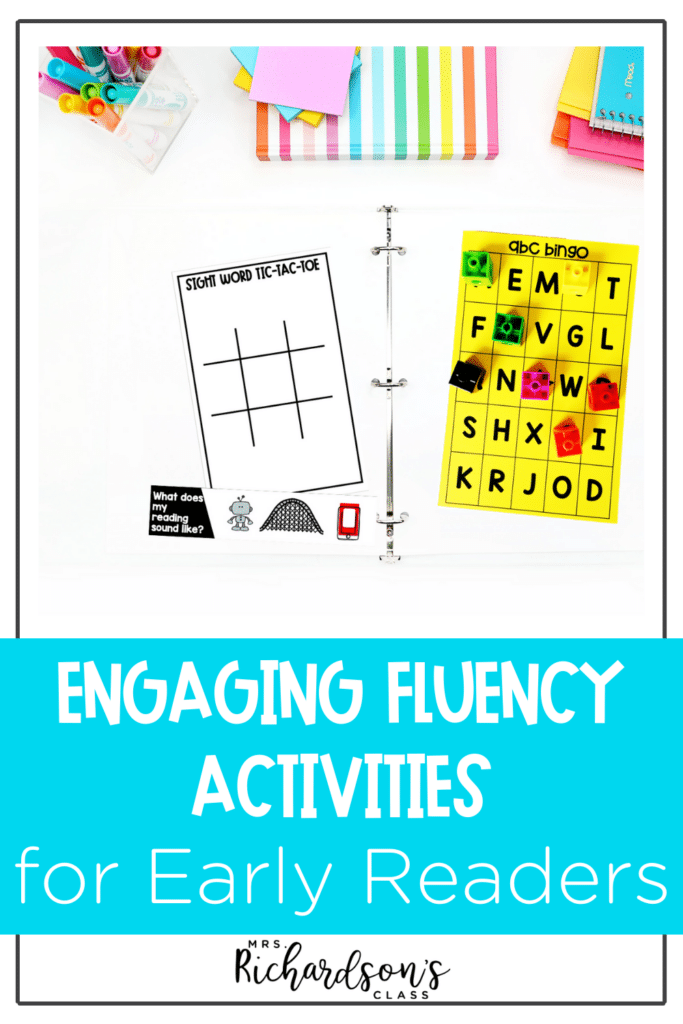
By bringing phonics games, focused reading small groups, high-frequency word activities, and reader’s theater fluency activities into instruction, we can help students become confident and fluent readers.

Want to use the latest research to boost your readers during small groups? This FREE guide is packed with engaging ideas to help them grow!

I’m a K-1 teacher who is passionate about making lessons your students love and that are easy to implement for teachers. Helping teachers like you navigate their way through their literacy block brings me great joy. I am a lifelong learner who loves staying on top of current literacy learning and practices. Here, you’ll find the tools you need to move your K-2 students forward!
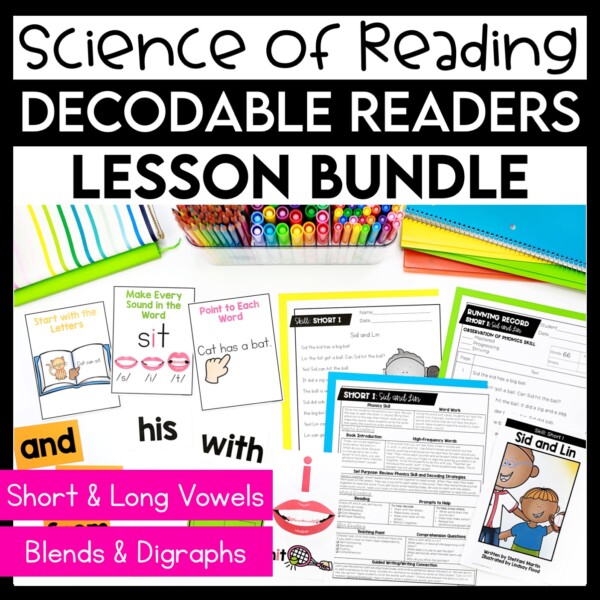


| Cookie | Duration | Description |
|---|---|---|
| cookielawinfo-checkbox-analytics | 11 months | This cookie is set by GDPR Cookie Consent plugin. The cookie is used to store the user consent for the cookies in the category "Analytics". |
| cookielawinfo-checkbox-functional | 11 months | The cookie is set by GDPR cookie consent to record the user consent for the cookies in the category "Functional". |
| cookielawinfo-checkbox-necessary | 11 months | This cookie is set by GDPR Cookie Consent plugin. The cookies is used to store the user consent for the cookies in the category "Necessary". |
| cookielawinfo-checkbox-others | 11 months | This cookie is set by GDPR Cookie Consent plugin. The cookie is used to store the user consent for the cookies in the category "Other. |
| cookielawinfo-checkbox-performance | 11 months | This cookie is set by GDPR Cookie Consent plugin. The cookie is used to store the user consent for the cookies in the category "Performance". |
| viewed_cookie_policy | 11 months | The cookie is set by the GDPR Cookie Consent plugin and is used to store whether or not user has consented to the use of cookies. It does not store any personal data. |
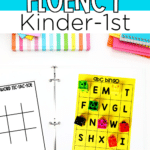
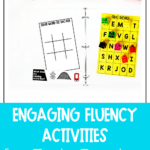
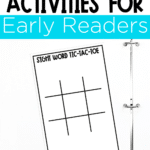
3 Responses
Fluency Activity
I would like to see a variety of CVC sentences for students to read within one minute. Students may practice their fluency skills through changing their voices as they become different characters. Students could also track their progress through a recording sheet.
I would also like to see individual sentences on cards. The cards could be connected with a large ring.
Hi Evon! In my fluency tracking set, there are fluency strips that can be put on an o-ring for sure! I have started working on CVC fluency sentences already, though!
thank you